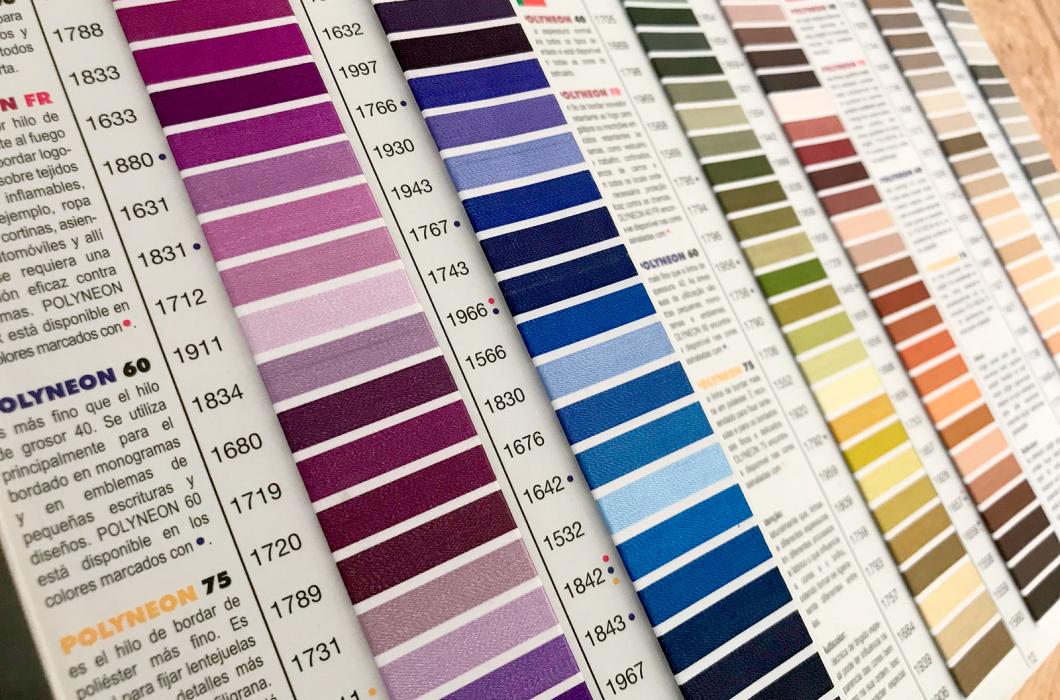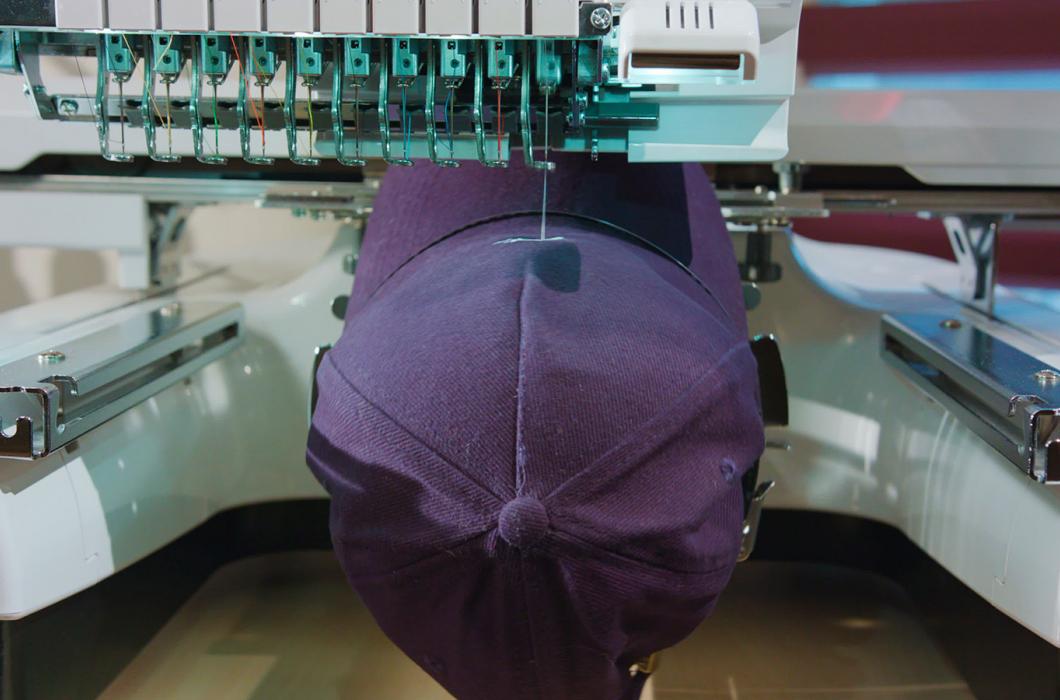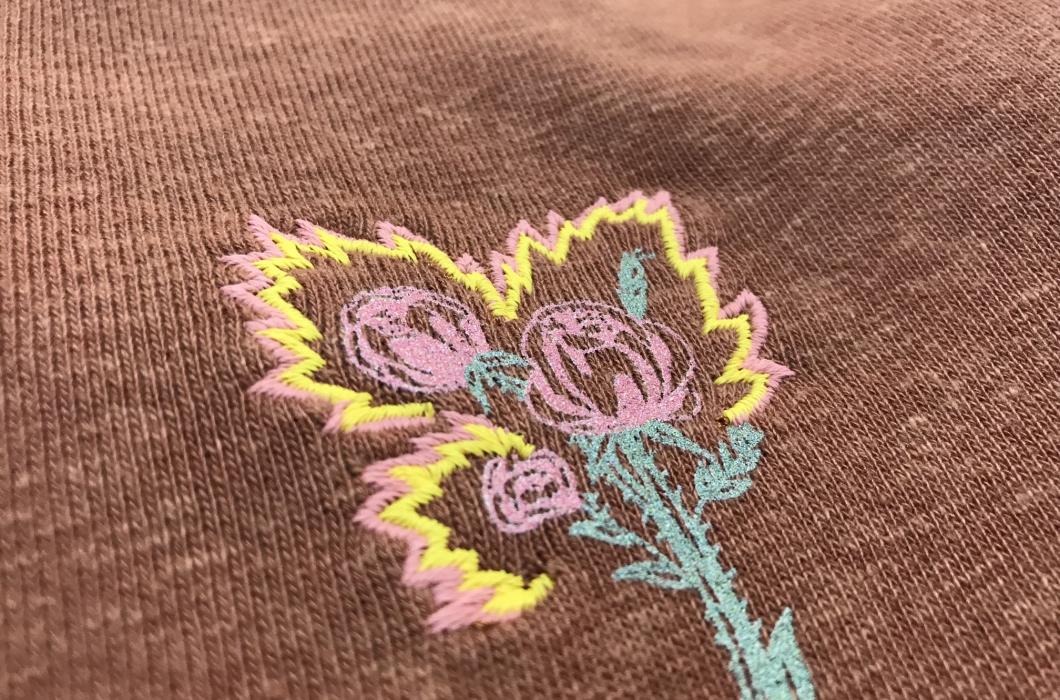Embroidery
Industrial embroidery is a marking technique that uses an embroidering machine to put threads through the fabric with needles.
To embroider any image, we must develop a digital pattern, which is the initial programming sent to the embroidery machine with details on the work to be done: number of stitches, position, mark size, etc. After this, it can be repeated.
The resulting mark is in relief. Moreover, different colours of threads can be used, as well as matte or shiny finishes, metallic tones, etc. There is a wide variety. Besides common embroidery, there are different more specific embroidery techniques, such as the moss or the 3D effect.
One of embroidery's main advantages is its durability, highly resistant to washing.
One can embroider on all textile compositions: cotton, cotton + polyester, polyester, nylon, viscose, wool, Lycra, denim, etc. This process is widely-used with caps. However, it is also used for shirts, denim fabrics, jackets and polo shirts. In general, it adapts to a wide variety of garments.
It is recommended when extra elegance for the garment is sought.






